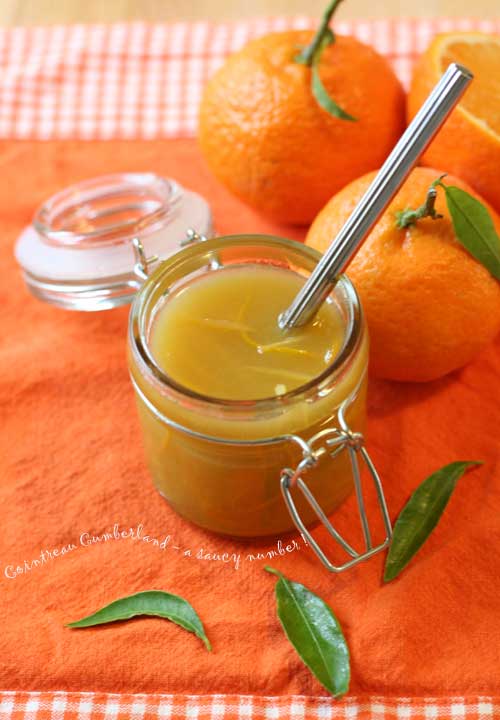 |
| Happy New Year, tastebuds! |
Light but luxurious, comforting but with a chilli kick, I first tasted this dish in Venice where my taste buds thought they had died and gone to pasta heaven. It is a bowlful of loveliness that is greater than the sum of its parts and takes longer to describe than it does to make. Right now, it answers my craving for lighter food after the excesses of Christmas.
You’ll need a large frying pan
with a lid, and with this dish, timing is everything so make sure to have
everything prepared in advance as once the pan goes on the heat it is a bit of
a rollercoaster ride to the plate.
To send two sets of taste buds to
heaven you will need…
150g dried spaghetti
3 tablespoons extra virgin olive
oil
3 tablespoons finely chopped
celery stick
1 tablespoon finely chopped
celery leaf (if available)
2 fat cloves of garlic, very
finely chopped
1 fresh red chilli, very finely
chopped
2 fresh (ripe) tomatoes (plum
tomatoes if possible), diced
500g fresh clams, rinsed in
several changes of cold water to remove any grit
150mls dry white wine
a little sea salt and freshly
ground black pepper
1. First start to cook the spaghetti according
to the instructions on the pack. Working backwards, you want to start the sauce 5 minutes before the
spaghetti is cooked.
2. In the frying pan, heat the olive oil over a
medium heat. Add the chopped celery stick (and celery leaf if using), along
with the garlic and chilli. Cook for about a minute or until the garlic just
begins to take on a golden tinge. Now add the tomatoes, cooking for a further
minute.
3. Turn up the heat and add the clams and white
wine, covering the pan with the lid. Shake the pan back and forth occasionally
to make sure the clams are cooking evenly in the fragrant liquid and steam.
They will take about 3 minutes to cook - once they are cooked they will spring
open. Turn off the heat and discard any clams that haven’t opened.
4. Meanwhile, the spaghetti should be ready. (Test
it to make sure it is not too chewy - if it is, give it another minute and test
again). Drain and add to the frying pan along with the chopped parsley. Using
two forks, toss the spaghetti in the clam sauce. Taste and add salt and black
pepper only if necessary. Allow the spaghetti to absorb some of the delicious
juices for a minute or so before serving in warm pasta bowls.
Right, that’s it from me for
2012. Wishing you and yours the happiest New Year, full of wonderful things. See you in 2013!
Hester x
Pin It




















